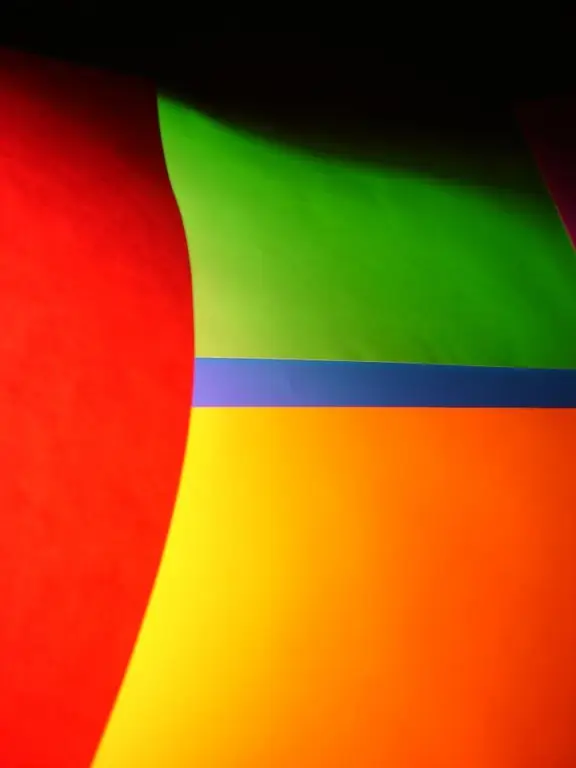All versions of the Windows OS family allow you to place shortcuts to system components, applications and documents on the desktop in accordance with the user's preferences. Each of the last three variants of this OS offers a choice of the same set of options for organizing icons, there are only minor differences in organizing access to the corresponding settings of the operating system.

Instructions
Step 1
Right-click on your operating system's desktop background. If this operating system is Windows XP, then the drop-down context menu will contain the "Arrange icons" section. Hover over it and in the subsection that appears, select one of the commands for organizing shortcuts - by name, size, file type and date of modification.
Step 2
Check the box next to "Align to grid" in the same section of the context menu if you want Explorer (it is responsible for the operation of desktop elements) to line up shortcuts strictly along invisible lines of rows and columns.
Step 3
Select "automatically" all in the same section if you trust Explorer to arrange the shortcuts as you see fit. In this case, icons will be built from top to bottom and from left to right in the order they were added to the desktop.
Step 4
Uncheck the box next to "Show desktop icons" if you want no icons to cover the background image.
Step 5
If you are using a later Windows operating system, you will not find the Arrange Icons section in the desktop context menu. The settings defining the criteria for ordering shortcuts are placed here in a section called "Sorting". There are also four options in this section - by name, size, file type and modification date.
Step 6
Expand the View section of the Windows 7 or Windows Vista desktop context menu to access the icon management features described in steps two, three, and four. Only their placement in the menu has changed, and the effect caused by selecting the appropriate function remains the same as described in these three steps.






